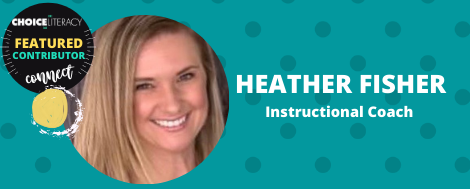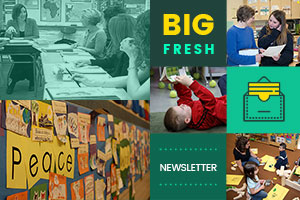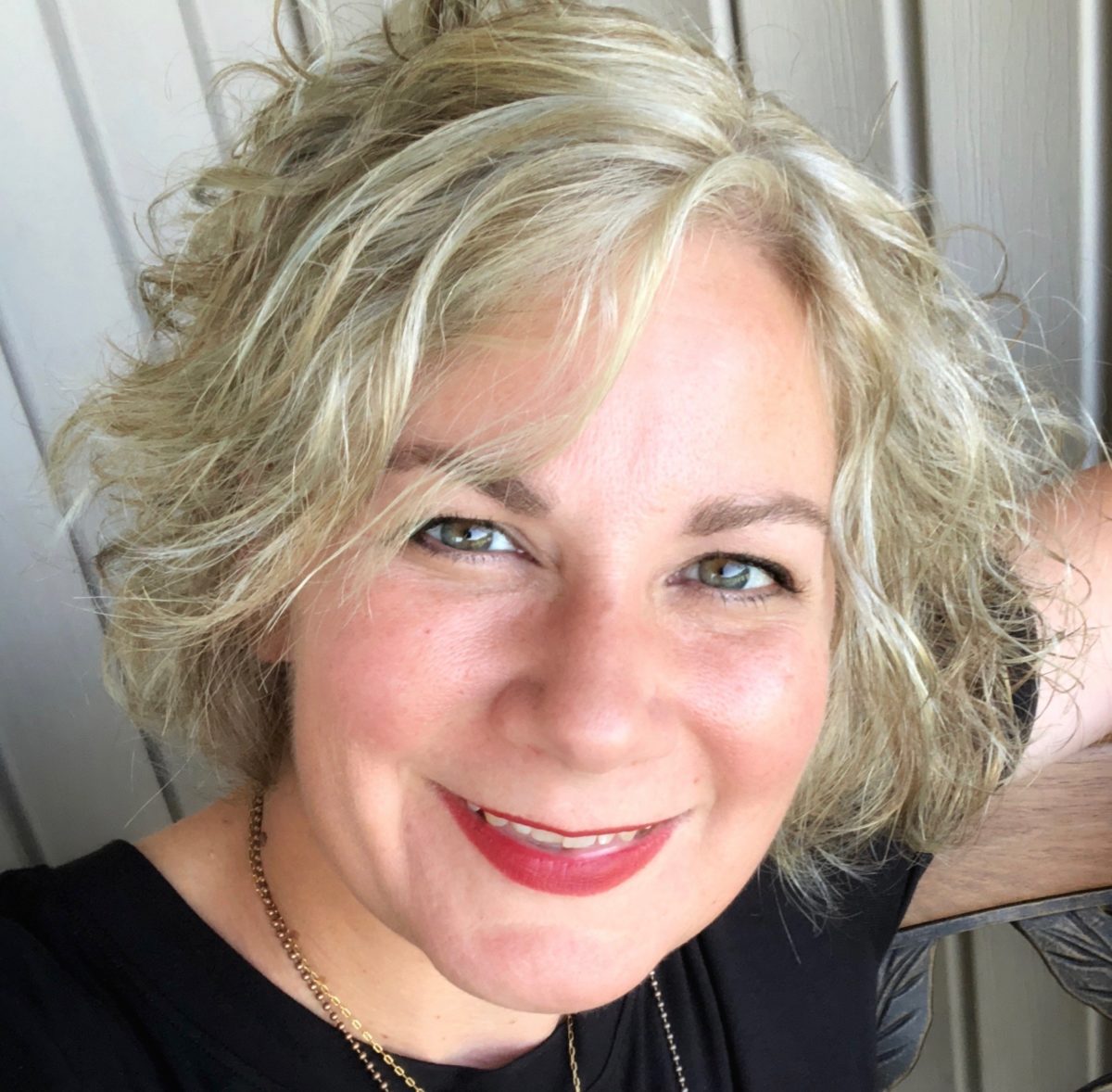Skepticism is the first step on the road to philosophy.
—Denis Diderot
Despite Skepticism
It turns out that my dog, Luna, is not so easy to train. To many this will not come as a surprise, because she is a German shepherd. Although sharp, German shepherds tend to be independent and reactive.
I tried to do everything right this past year, adopting her as a purebred puppy and giving lots of attention, positive reinforcement, correction, and consistency, to assure that she would be a dog anyone would be comfortable around. We attend training classes and private sessions.
Yet, despite all of these steps, she is a reactive dog, often barking incessantly at company and refusing to settle during meals or family time. I wondered if the goal of being certified in Canine Good Citizenship was impossible. I scheduled another training session in an act of desperation, hoping to put another tool in play with dreams of having a well-mannered dog.
During the session, the trainer suggested I begin hand feeding Luna. “Make her work for her food, and you will establish authority and a healthier bond. It will make a difference in her overall behavior,” the trainer said.
I was skeptical. The trainer went on to explain that her dog—a well-mannered bomb-detecting dog—was a reactive dog, too. Hand feeding was the key to being able to train her. I breathed a sigh of relief, glad to know that I didn’t make Luna reactive, it is just the way some dogs are. “She won’t always be reactive,” the trainer said. “It just takes a lot of work for her to learn a different response.”
Still skeptical about hand feeding, I decided to give it a try for 10 days. On day three the entire family noticed a positive difference. On day five we had friends over for dinner. Luna didn’t bark, and she stayed on her blanket during dinner and continued to stay there while we visited. She didn’t jump on anyone while the kids threw Frisbees, and she came inside when called. Our friends commented on the difference.
All of this reminded me of when I first heard about using picture books for literacy instruction. It seemed a little silly to use picture books for serious teaching points. I was a bit skeptical. However, I tried it anyway and have found that picture books are some of the most powerful teachers.
This week we look at using picture books—plus more, as always.
Shine on!
Ruth Ayres
Ruth is the editor in chief of the Choice Literacy site and the director of professional learning for The Lead Learners Consortium in northern Indiana. Ruth previously worked as a middle and high school language arts and science teacher and a K-12 instructional coach. She is the author of Enticing Hard-to-Reach Writers (Stenhouse, 2017) and other books for teachers of writers. When not writing professionally, Ruth collects stories of adoption, faith, and whimsy. You can follow her at Ruth Ayres Writes or @ruth_ayres on Twitter or Instagram.

This month’s featured contributor is Heather Fisher. Heather is a K-4 instructional coach at Mulready Elementary in the Hudson Public Schools in Massachusetts. She also has experience as a first-grade teacher, second-grade teacher, reading specialist, and literacy coach. In her everyday coaching practice, she seeks to radiate positivity in her mission to celebrate the small things as students and teachers continue in their daily growth.

Join the Choice Literacy Book Club! Heather Fisher selected So You Want to Be an Owl by Jane Porter and Maddie Frost as our September read. Grab a copy, and join the conversation using the hashtag #ChoiceLiteracyBookClub.
Cathy Mere and Ruth Ayres discuss this week’s theme on the Choice Literacy Big Fresh podcast.
Mandy Robek learns a lot about worry from her daughter, and at the same time discovers a treasure trove of children’s books to help students overcome worries. This is a fantastic booklist and was first published in 2021.
Christy Rush-Levine finds administrators are questioning the value of read alouds, especially with older students. She shares how she uses the picture book Love in her middle school classroom to launch challenging discussions about timely themes. This article was first published in 2018.
Field Experience Course: Picture Books and Older Students: The value of picture books with secondary students is often questioned. This field experience allows insight into the depth and power of picture books for older students. Our Field Experience courses simulate classroom observations and conversations to experience high-quality teaching situations. Free to members and available to purchase.

New members-only content is added each week to the Choice Literacy website. If you’re not yet a member, click here to explore membership options.
Katherine Sokolowski shares a booklist that inspires her to teach five different kinds of conflict.
In a new video, kindergarten teacher Hayley Whitaker leads a minilesson in kindergarten on story structure.
In an encore article, Nawal Qarooni Casiano shares three gorgeously varied picture books and guiding questions designed to cultivate an inquisitive stance and informed empathy in students.

Tammy Mulligan transforms learning targets into meaningful learning conversations in her first-grade classroom. This is a must-read for all literacy leaders who want learning targets to have a positive influence on students.
In this Coaching Minute video, Lora Bieghler debriefs with teacher Cheryl Miller after a guided reading lesson.
Don’t forget our downloads! Dana Murphy works with teachers to design a peer-observation checklist to ensure everyone shares the same expectations and understanding. Included is a download for the peer-observation writing demonstration checklist.
Field Experience Course: Supporting Independent Reading, Choice, and Stamina. Learning to choose books and growing stamina are important steps in the development of independent readers. This field experience offers opportunities to see small-group instruction, a share session, minilessons, and team meetings that support independence in readers. This course is perfect for literacy leaders who want to advocate for and support independent reading and choice in classrooms.
Quote It:
Picture books are for everybody at any age, not books to be left behind as we grow older. The best ones leave a tantalising gap between the pictures and the words, a gap that is filled by the reader’s imagination, adding so much to the excitement of reading a book.
—Anthony Browne
That’s all for this week!



